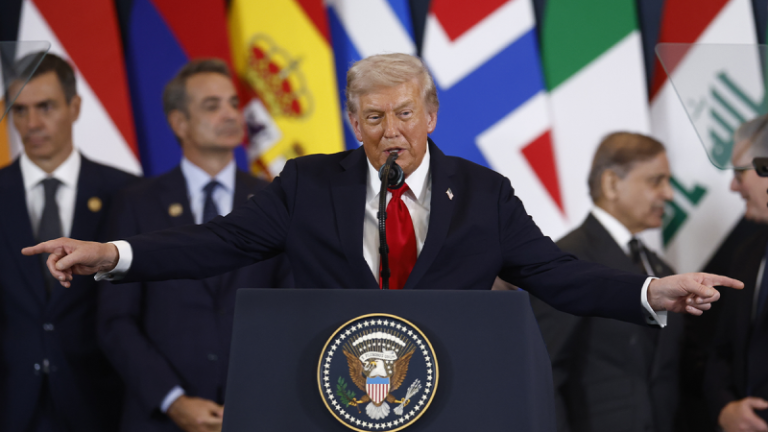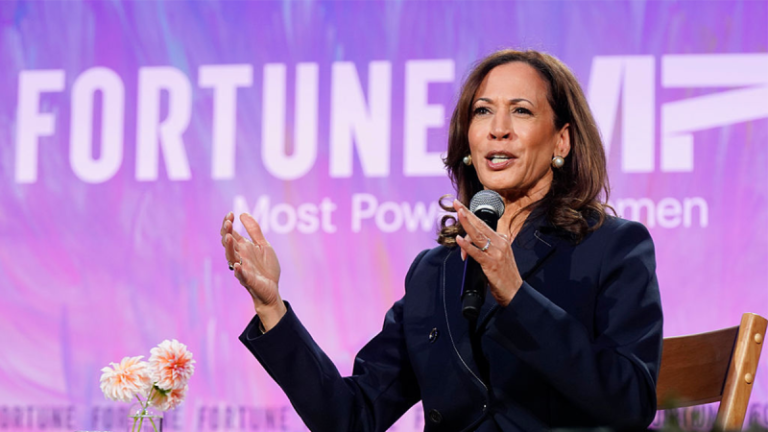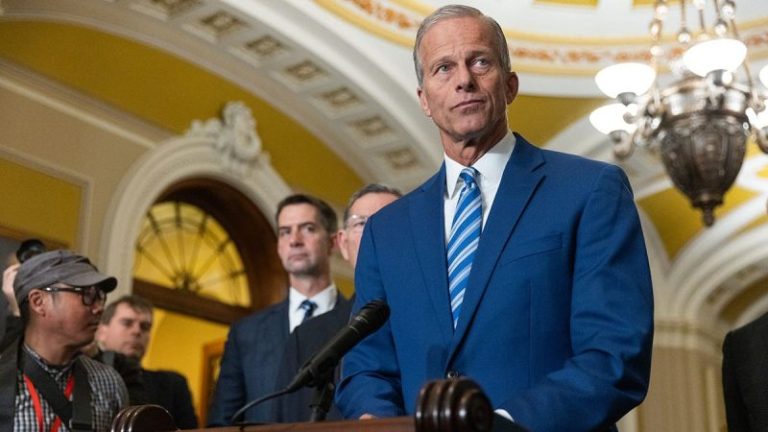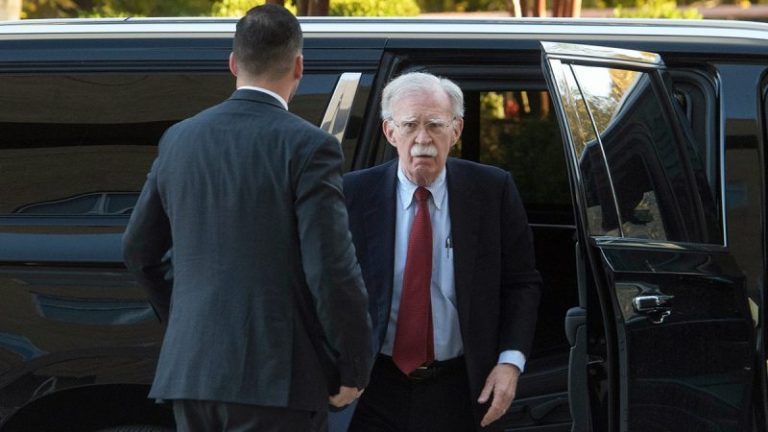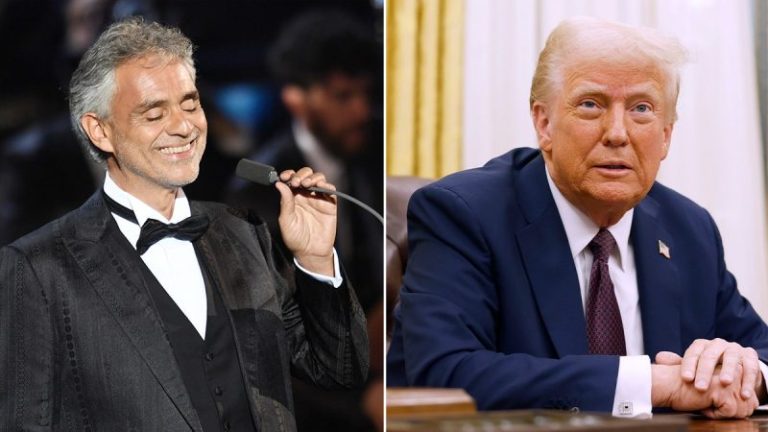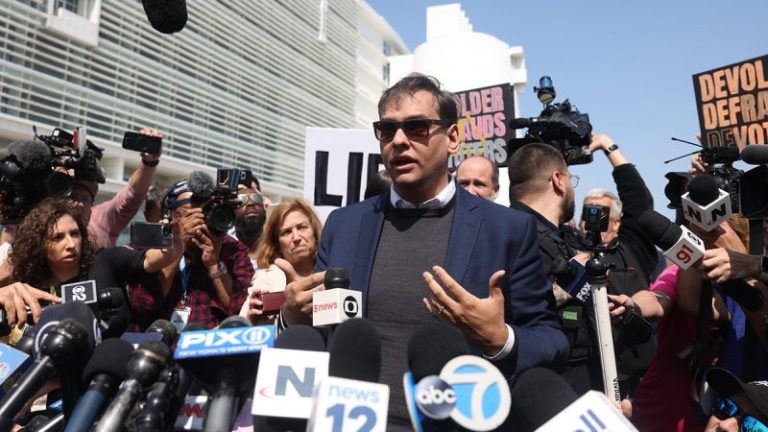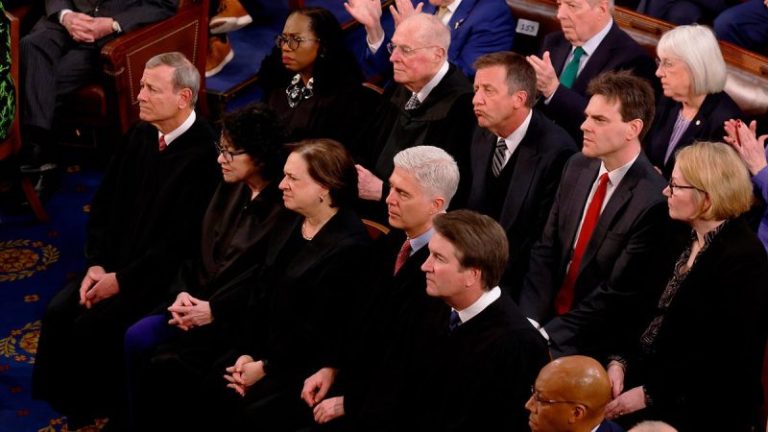President Donald Trump kicked off the week with a major breakthrough brokering a ceasefire agreement between Israel and Hamas, and closed out the week seeking to make progress on the next global conflict: Ukraine.
Trump met with Israeli lawmakers in the Knesset on Monday, before heading to Egypt where he met with leaders there as well as Qatar, Turkey and other regional powers. The president urged countries in the region to ‘put the old feuds and bitter hatreds behind us.’
‘At long last, we have peace in the Middle East, and it’s a very simple expression, peace in the Middle East,’ Trump told reporters in Sharm el-Sheikh, Egypt.
‘We’ve heard it for many years, but nobody thought it could ever get there. And now we’re there,’ Trump said.
The peace deal in the Middle East includes a provision to return the hostages that were still in captivity within 72 hours of Hamas signing off on the deal. It also called for Israeli forces to withdraw its troops and a complete disarmament of Hamas.
Now, Trump has said that he will set his sights on resolving the conflict between Russia and Ukraine. Trump spoke with Russian President Vladimir Putin on Thursday, and met with Ukrainian President Volodymyr Zelenskyy Friday at the White House.
While Trump said that there is momentum to solve the conflict on the heels of the peace deal in the Middle East, there is ‘tremendous bad blood’ between Putin and Zelenskyy that is stalling a resolution.
‘They have tremendous bad blood,’ Trump told reporters. ‘It’s really is what is holding up I think a settlement. I think we are going to get it done, and we have to make it long-lasting, as I said in the Middle East, everlasting.’
‘The Middle East is a much more complicated situation. You know, we had 59 countries involved, and every one of them agreed. And it’s, you know, it’s sort of amazing. Most people didn’t think that was doable. This is going to be something I really believe that’s going to get done. I had a very good talk yesterday with President Putin. I think he wants to get it done,’ Trump said.
Meanwhile, Zelenskyy said that Trump has a big opportunity to make headway on mediating an end to the conflict.
‘President Trump has really showed for the world that he can manage a ceasefire in the Middle East. And that’s why I hope that he will do this. And we will also have such big success. For Ukraine, it’s a big chance, and I hope that President Trump can manage it,’ Zelenskyy said Friday.

